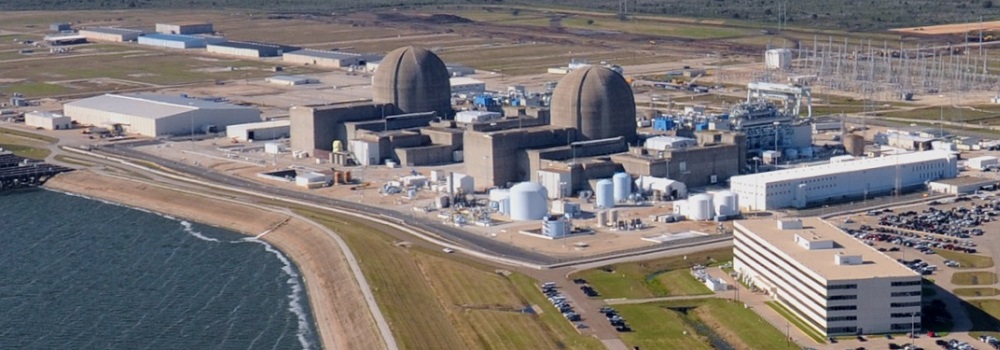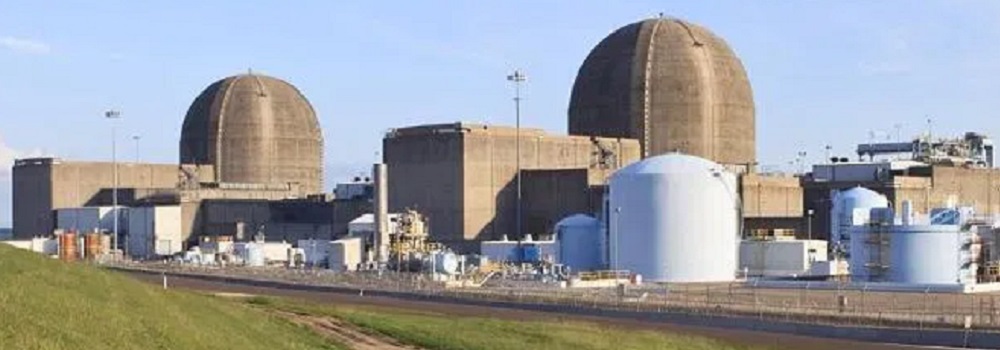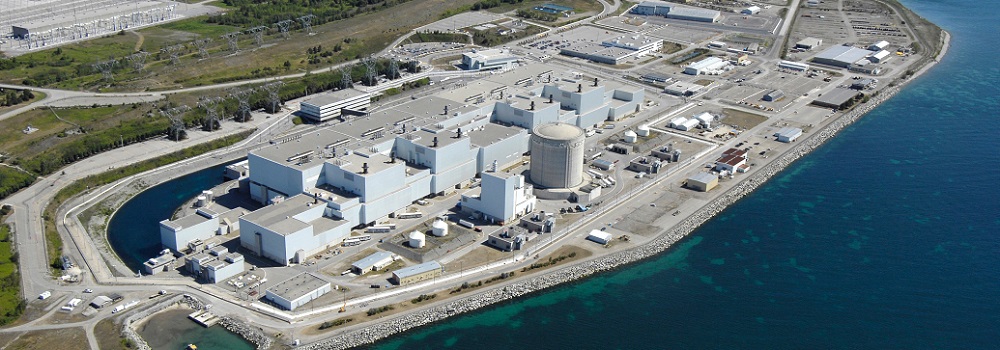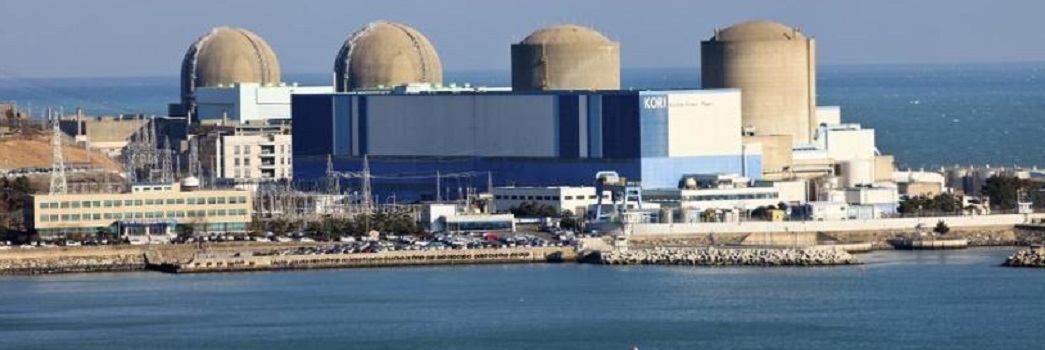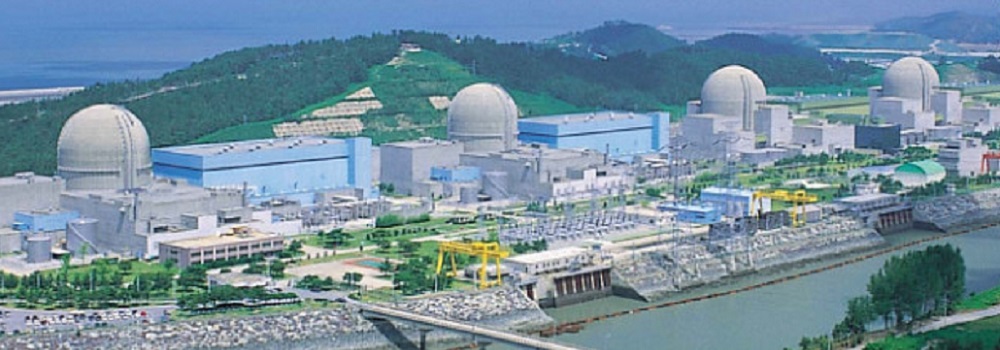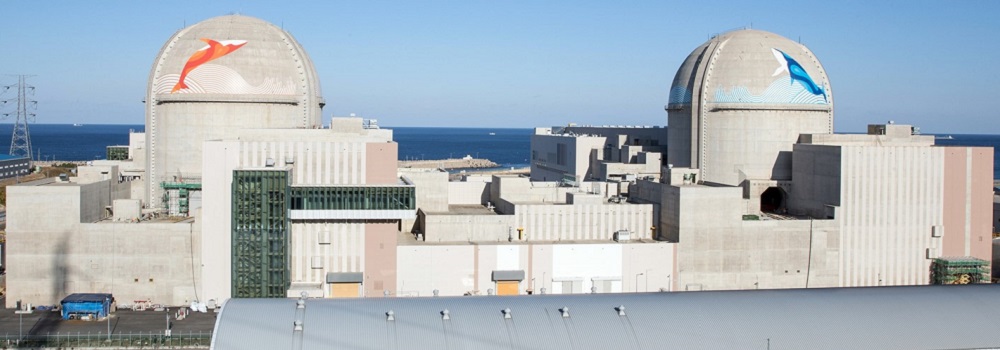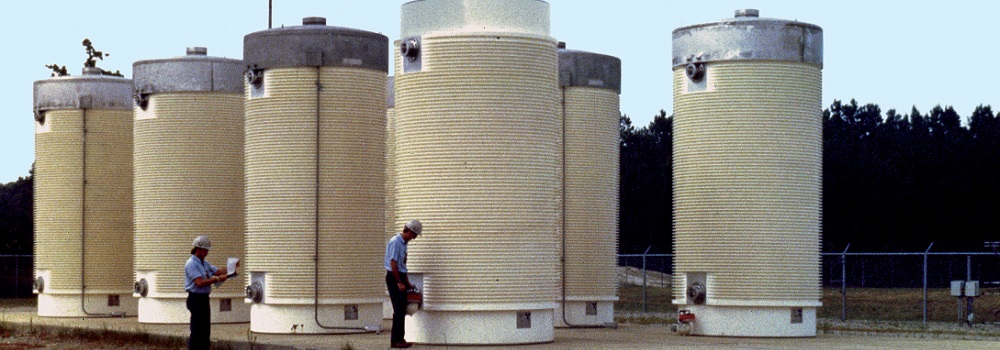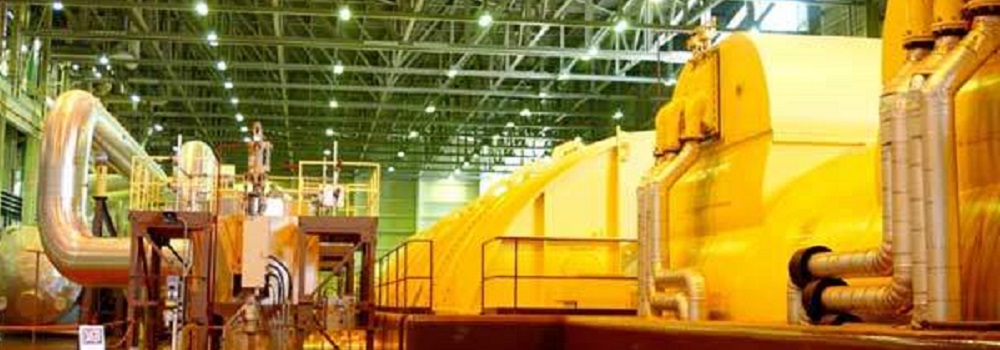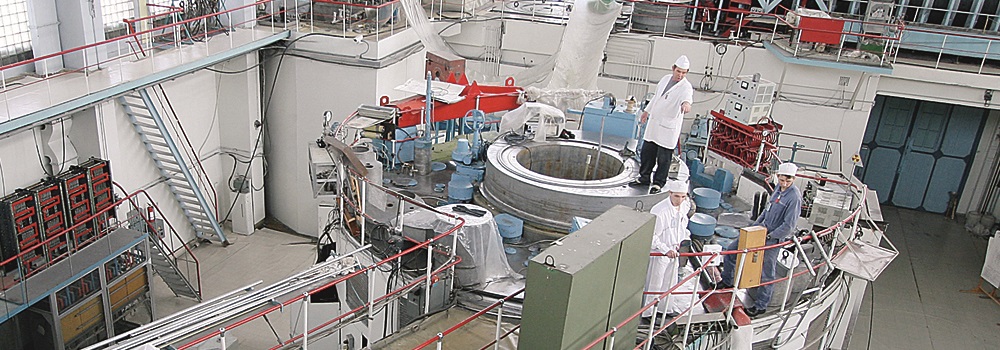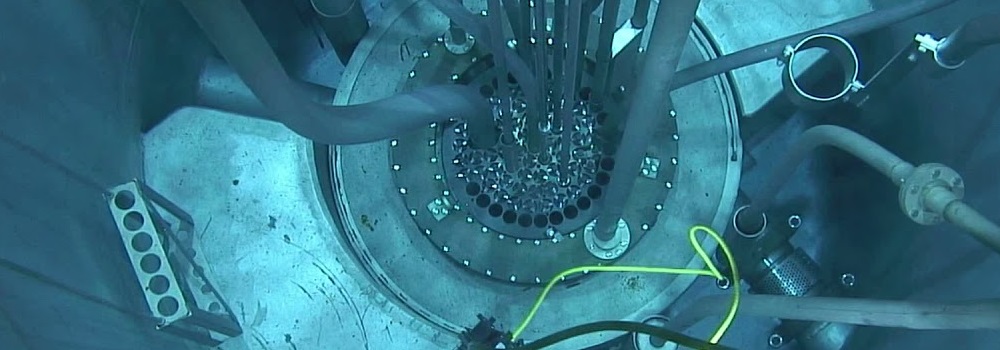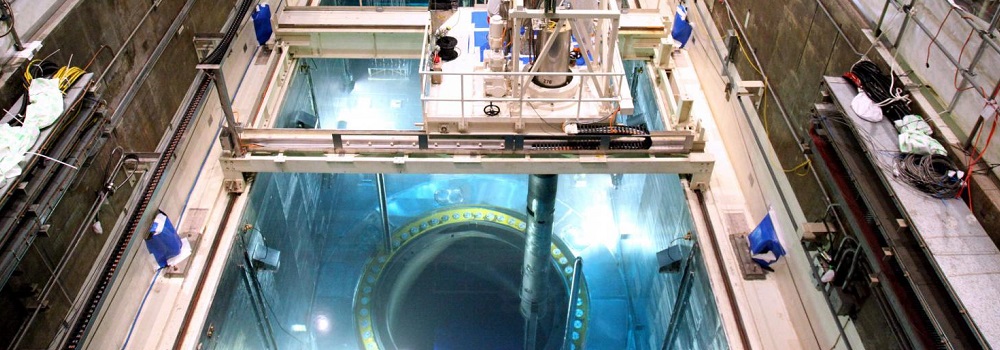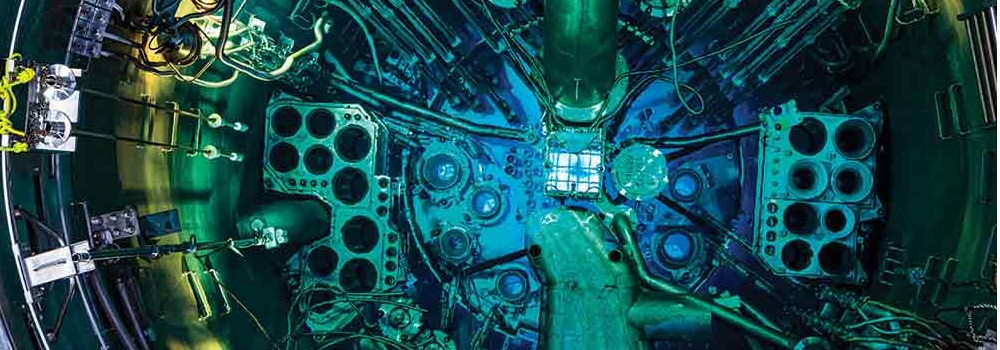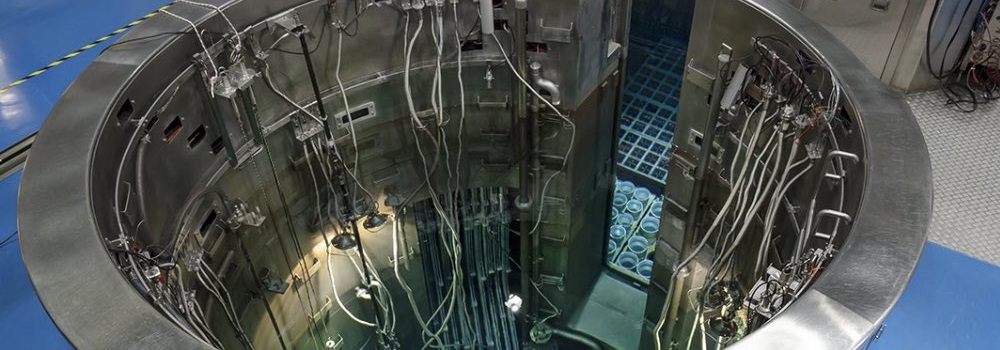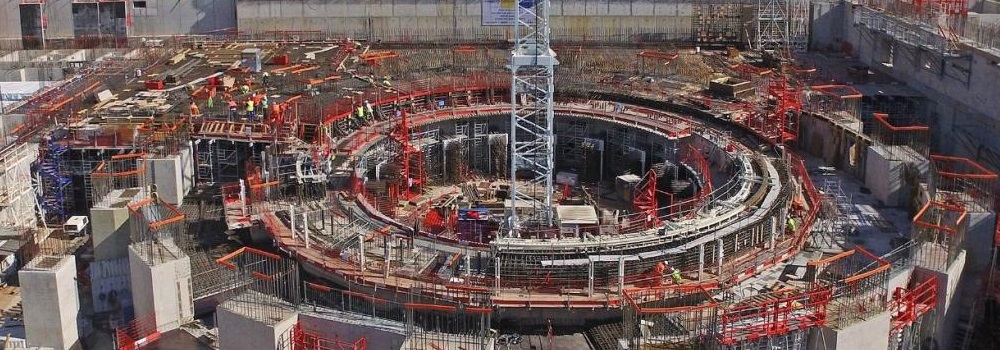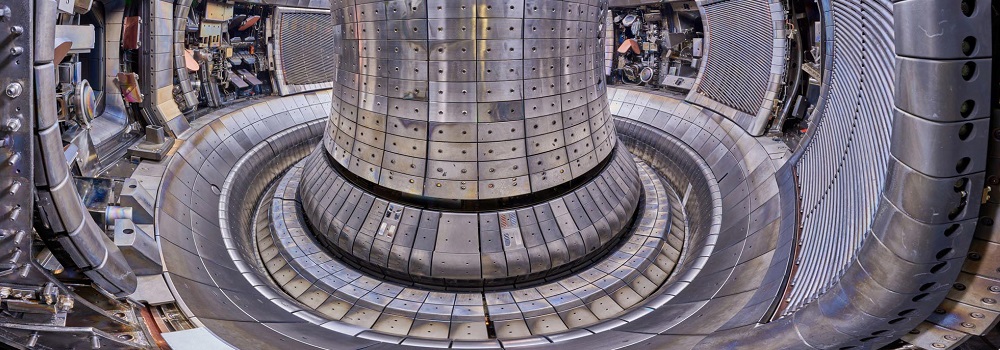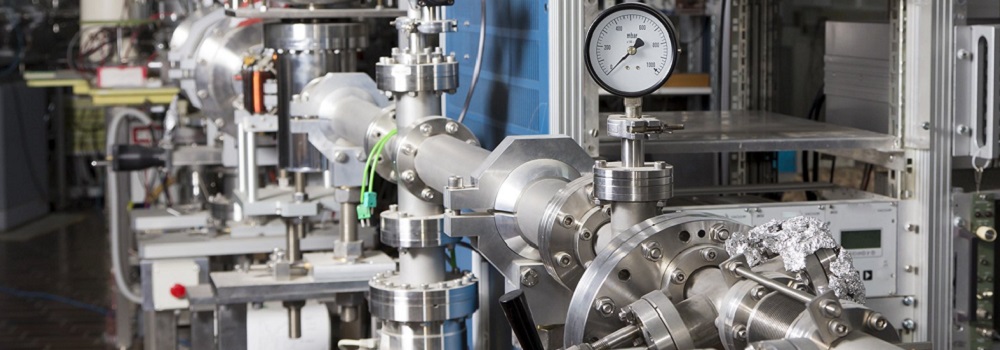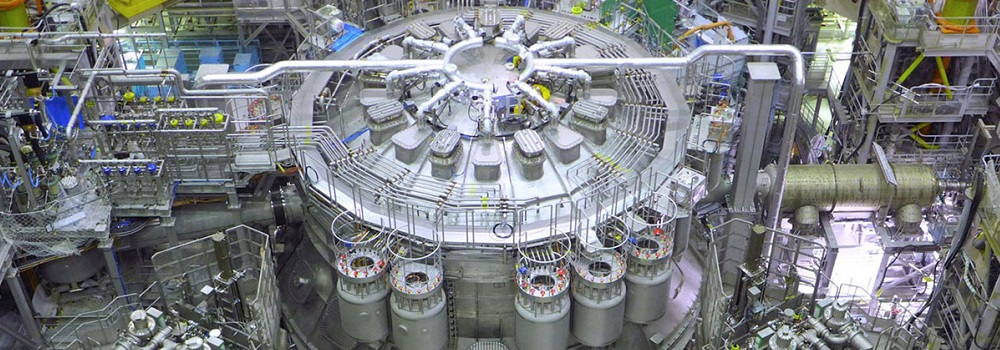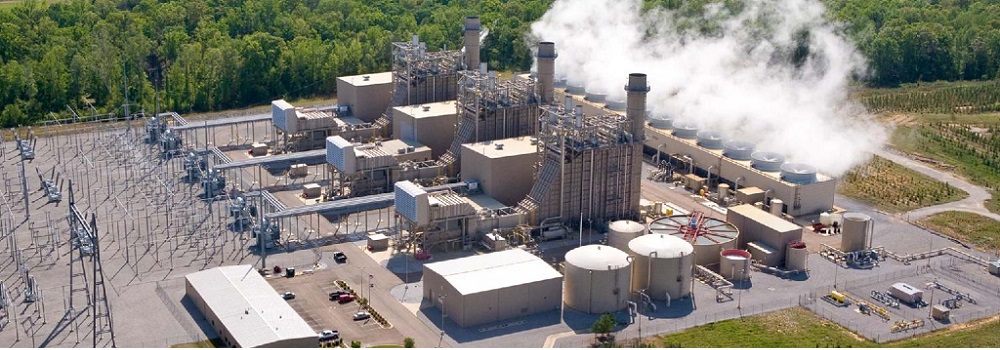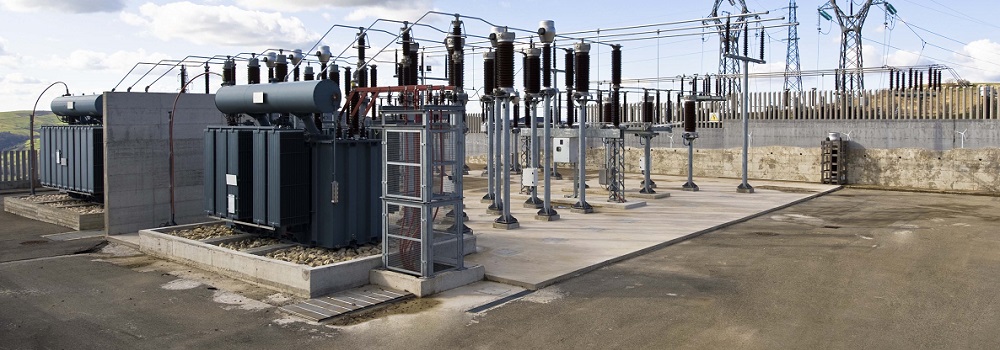Nuclear Technologies, Inc.
The purpose of this Webpage is to provide an introduction to the major commponents of the Scope Document and project plan of Nuclear Technologies Inc. Funding for the IDFS Power Project in Matagorda County will signal the start of the nuclear project in Bay City.
Nuclear engineering encompasses all the engineering disciplines which are applied in the design, licensing, construction, and operation of nuclear reactors, nuclear power plants, nuclear fuel cycle facilities, and finally the decontamination and decommissioning of these facilities at the end of their useful operating life.
AscenTrust, LLC., an existing Texas corporation, wholly owned by it's Founder and Senior Engineer, was Incorporated in 2009 to act as a joint venture with an Australian Investment Group, willing and able to finance the licensing and construction of the NTPBMR (Nuclear Technology Pebble Bed Modular Reactor). The Senior Engineer of AscenTrust has been involved with the study of lasers, plasmas, solid state physics, Neutron Physics and the Nuclear Industry since his days as a Graduate Student. (1969-1973)
History
Established in 2001, the Generation IV International Forum (GIF) was created as a co-operative international endeavour seeking to develop the research necessary to test the feasibility and performance of fourth generation nuclear systems, and to make them available for industrial deployment by 2030.
At the first meeting of the Nuclear Energy Research Advisory Committee and the Generation IV International Forum, in 2002, the Generation IV Roadmap was created. The document provided a description and evaluation of candidate gas-cooled reactor (GCR) systems in support of the Generation IV Technology Roadmap. The GCR systems described and evaluated were based on the twenty-one summary concept descriptions provided in public response to the U.S. Department of Energy request for information and by members of the Gas-Cooled Technical Working Group.
The Gas-Cooled Reactor Systems Technical Working Group (Gas-TWG) was formed in January 2001 as one of four technical working groups supporting the Generation IV Technology Roadmap. The goal of the Generation IV initiative is to identify and develop next generation nuclear energy systems that are deployable by 2030 and can meet energy needs through the 21 st century. These nuclear energy systems will be developed to meet stringent performance goals:in sustainability (e.g., resource utilization, waste minimization, environmental impact, and proliferation resistance), safety and reliability, and economics.
The Company now offers:
- Project Design
- Project Engineering
- Project Management
- Construction Management
We also provide Value Engineering Consulting to the Oil and gas industry, the Electrical Infrastructure industry, the neutron Engineering Industry (Related to the Oil and Gas Industry), NASA and Quantum Energy. We are presently going through the due-diligence and negotiation phase, with one of the foremost Quantum Computing Companies in the US. If our negotiation is successful we will become a strategic partner with the Company in Question and will provide equipment design and Construction. We will provide value Engineering to their Vacuum Technology and the fiber-optic communication technology.
The Senior Engineer is developing this landing page for Nuclear Technologies at the request of Mr. Johann Lambkin of Micro Basalt Innovations-Canada Corp.
Nuclear Introduction
Nuclear power is the collection of the thermal energy given off during the fission of a Uranium atom in the pressure vessel of a nuclear reactor to produce electricity. Nuclear power can be obtained from nuclear fission, nuclear decay and nuclear fusion reactions. Presently, the vast majority of electricity from nuclear power is produced by nuclear fission of uranium-235 in nuclear power plants. Nuclear decay processes are used in niche applications such as radioisotope thermoelectric generators in some space probes such as Voyager 2. Generating electricity from fusion power remains the focus of international research.We are presently involved in the design of a small, 2-20MWe, modular, nuclear power plant which can be transported to the moon in a sigle container.
Most power plants use thermal reactors with enriched uranium in a once-through fuel cycle. Fuel is removed when the percentage of neutron absorbing atoms becomes so large that a chain reaction can no longer be sustained, typically 3 years. It is then cooled for several years in on-site spent fuel pools before being transferred to long term storage. The spent fuel, though low in volume, is high-level radioactive waste. While its radioactivity decreases exponentially it must be isolated from the biosphere for hundreds of thousands of years, though newer technologies (like fast reactors) have the potential to reduce this significantly. Because the spent fuel is still mostly fissionable material, some countries (e.g. France and Russia) reprocess their spent fuel by extracting fissile and fertile elements for fabrication in new fuel, although this process is more expensive than producing new fuel from mined uranium. All reactors breed some Plutonium-239, which is found in the spent fuel.
The first nuclear power plant was built in the 1950s, and the global installed nuclear capacity grew to 100 GW in the late 1970s, and then grew rapidly during the 1980s reaching 300 GW by 1990. The 1979 Three Mile Island accident in the United States and the 1986 Chernobyl disaster in the Soviet Union resulted in increased regulation and public opposition to nuclear plants. These factors, along with high cost of construction, resulted in the global installed capacity only increasing to 390 GW by 2022. These plants supplied 2,586 terawatt hours (TWh) of electricity in 2019, equivalent to about 10% of global electricity generation, and were the second-largest low-carbon power source after hydroelectricity. As of March 2022, there are 439 civilian fission reactors in the world, 56 under construction and 96 planned, with a combined capacity of 62 GW and 96 GW, respectively. The United States has the largest fleet of nuclear reactors, generating over 800 TWh of zero-emissions electricity per year with an average capacity factor of 92%. Most reactors under construction are generation III reactors in Asia.
Nuclear power has one of the lowest levels of fatalities per unit of energy generated compared to other energy sources. Coal, petroleum, natural gas and hydroelectricity each have caused more fatalities per unit of energy due to air pollution and accidents. Nuclear power plants emit no greenhouse gasses.
ASCENTRUST, LLC.
AscenTrust, LLC., an existing Texas corporation, in good standing, wholly owned by it's Founder and Senior Project Manager, was Incorporated in 2009 to act as a joint venture with an Australian Investor who was going to finance the prototype of the NTPBMR project. The Company now offers a broad range of Consulting in the Oil and gas industry and the Electrical Infrastructure industry. We are presently going through the due-diligence and negotiation phase, with one of the foremost Quantum Computing Companies in the US. If our negotiation is successful we will become a strategic partner with the Company in Question and will provide Project Management to the Company
IDFS, INC. (International Diversified Financial Services, Inc.), an existing Texas corporation, in good standing, wholly owned by the Founder and CHIEF EXECUTIVE OFFICER of AscenTrust, LLC., is the financial arm of the Matagorda Power Project. The first phase of the power Project consists of the construction of a 560MWe, combined cycle power plant. Building this facility will establish the Company as an Independent Power Producer (IPP).When IDFS has been registered with the Public Utility Commission of the State of Texas, we will proceed to the Second phase of Funding.
NITEX (Nitex International, LLC), an existing Texas Limited Liability Company filling Taxes as a C-corporation, in good standing, wholly owned by the Founder and Senior Project Manager of AscenTrust, LLC.. Nitex is being used as the Corporate vehicle for the refinery project in Louisiana which will be referred to in our documentatin as the Pelican Bay Refinery Project
Advanced Software Development, Inc. , was originally Incorporated in the State of Delaware in 2000. The Senior System and Software Developer was working on the implimentation of a HIPAA (Health Insurance Portability and Accountability Act) compliant Electronic Medical Records to be used in the rural medical clinics which we were designing and building for a local medical practitioner (In the Conroe area of Montgomery County, Texas). When the internet bubble burst we were left with nothing more than a working prototype which we had installed on a laptop running Windows XP. All of the software being developed by the Senior Project Manager of AscenTrust, LLC. or his strategic Partners is being developed under the DBA of Advanced Software Development, Inc. .


